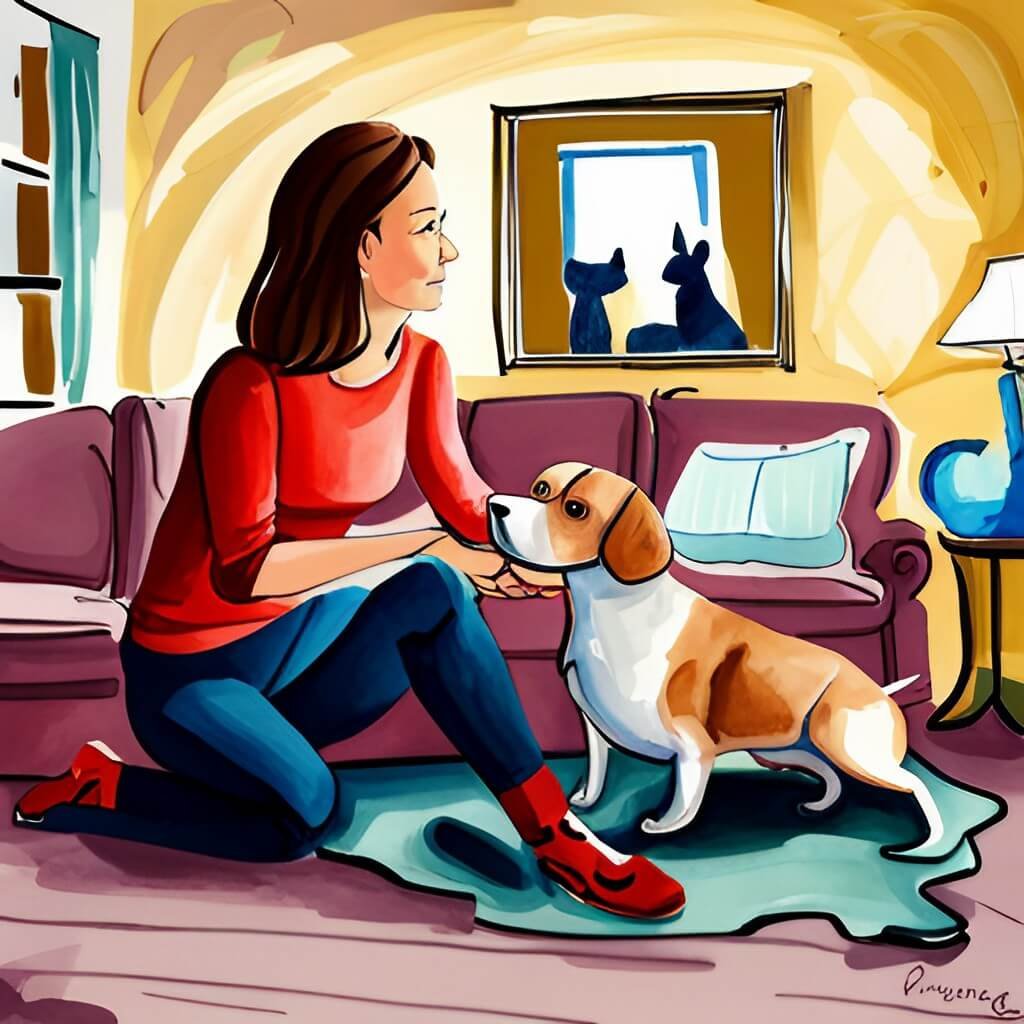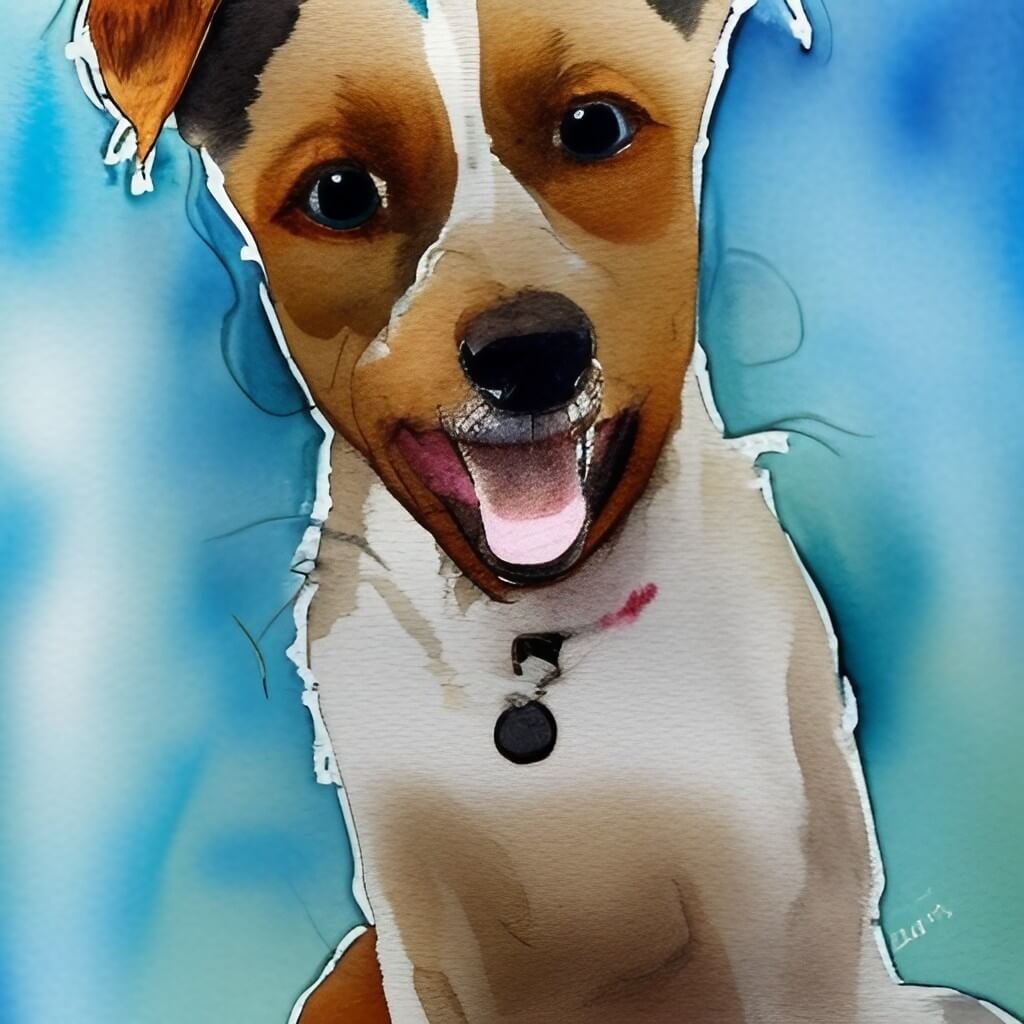When puppies grow up they often start mounting the legs of their owners or other dogs. This is normal puppy behavior but not something that is appreciated by humans for a number of reasons.
First, it’s embarrassing, especially if your puppy does it to company. Second, it can be a demonstration of dominance on the part of your dog. The notion that your dog is dominant over you or anyone else who comes to visit is something you want to nip in the bud.
If your male puppy is 5 months or older and seems to be suddenly mounting a lot, it’s time for him to be neutered. This may stop the problem completely.
If your puppy is younger than this or is a female and is mounting another dog that he or she is playing with, just ignore the behavior. This is between the dogs and is harmless. If the other dog doesn’t like it, he will let your puppy know.
If humans are the subject of your puppy’s mounting behavior, you need to step in and spend more time obedience training your dog. By mounting, your dog is sending a message that he thinks he is the dominant one in the household. Regular obedience training should remedy this.
Once your puppy understands that humans are above him in the pecking order he will stop challenging you by mounting. If your puppy bites or growls if you try to stop him from mounting you or another person, see a professional dog trainer for help.
Chasing
Puppies love to chase things: toys, balls, other puppies… They also like to chase things they shouldn’t, like small children, cats, bicycles, cars, etc.
The time to teach your dog not to chase inappropriate things is when he’s young. It’s much more difficult to teach this to an adult, so take advantage of your puppy’s youth and do it right away.
When a puppy chases something or someone, he is looking to play. You must teach your puppy what is OK to chase and what is not. Balls, toys and other dogs who want to play are fine. Kids, cats, and bikes are not.
The best way to teach your puppy not to chase things he shouldn’t is to teach him the “leave it” cue. “Leave it” is used to stop your dog from doing something he shouldn’t. This is useful in many different situations, including when your puppy is starting to chase the neighbor’s cat or is running after a small child.
To teach “leave it,” put the leash and collar on your puppy and have him sit. Hold on to the leash and drop a treat in front of your puppy while saying “leave it.” when the puppy starts to move toward the treat, repeat the “leave it” cue.
When your puppy just sits and looks at the treat but doesn’t move toward it, turn him around to face you and praise him. Do this one more time. Then give your puppy the treat by handing it to him.
Once your puppy is reliably leaving the treat when you tell him to, increase his temptation by using something even yummier, like a piece of chicken or one of his favorite toys. Keep working at this until your puppy will “leave it” every time you ask, even off leash.
When your puppy learns the “leave it” cue, you can use it to stop him from chasing cats or cars or anything else. Once he hears “leave it,” he will know that whatever he’s pursuing is off limits.








